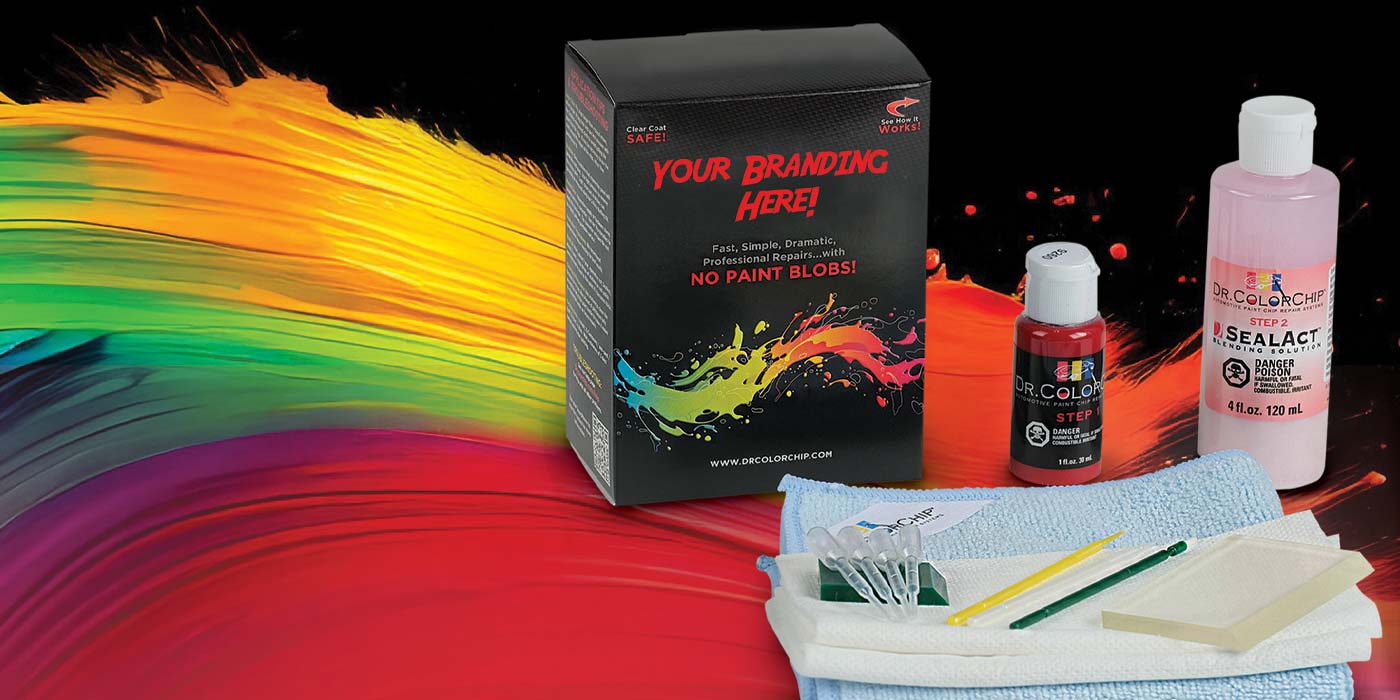Many service departments are still operating in the same manner that they were 10 years ago. Repair orders are being manually input into a dealership’s DMS, which, many times, isn’t connected to the dealership’s CRM. This can cause a big disconnect between customer history between the BDC, sales and service. The whole purpose of customer information is to centralize it and be able to access a big picture when interacting with a customer whether that is in sales or service.
Service advisors are busy people and tasked with more duties than any other position in the dealership. They have to check-in customers when they arrive, enter the initial repair order, follow the customer’s vehicle through the MPI process, call the customer back to get service recommendations approved, relay that information to the technician, monitor the vehicle’s progress through service, hand off the vehicle to porters to get washed when service is completed and contact the customer to inform them.
Do you think service advisors have time for much else?
Another pain point for both dealerships and service customers is the appointment-setting process. Most dealers have, at the very least, a rudimentary form on the service page of their website that allows a customer to input basic information to schedule an appointment. But where does that form go when they click “Submit”? Chances are good that it goes into the CRM. What’s the problem with that? First, the salespeople don’t care about service “leads” or appointments and they often never get relayed to the service department. The other option that customers have to set appointments is to call into the dealership where a receptionist often transfers them to a service advisor. Many times, those calls go unanswered after a customer had to navigate through a phone tree, causing frustration and, ultimately, upset customers.
The customers who did go online and fill out a service appointment scheduling form often show up at the dealership and the service advisors have no idea that an appointment exists. Best-case scenario, the service advisor does know but the customer still has to wait to be assisted because service advisors are checking in and assisting customers in the order that they arrived. It’s like going to the doctor’s office. How many times have you made an appointment to see the doctor, arrived on time and still had to sit in the waiting room for an hour? It’s pretty frustrating, right?
Then there’s the problem of shop capacity. Customers can make appointments for whatever they want to. Those forms don’t care (or know) whether the customer is setting an appointment for a regular service, a recall repair or a complete transmission overhaul. The system lets them make the appointment. What happens when the customer shows up for their appointment only to be told that the service department won’t be able to get to their vehicle until the next day or longer or that the parts aren’t available and need to be ordered? Probably a pretty upset customer.
Finding more efficient ways to assist customer transactions with the dealership not only provides a better customer experience but also lightens up the load for service advisors and technicians. This makes service bays more available and allows the service department’s shop capacity to increase thus increasing revenue without physically expanding the service department or hiring more technicians.
While many technologies exist today that can make your service department more efficient, one of the most vital is through communication. I’ve already explained how communication via phone can be frustrating for consumers and eats up service advisor’s time, as well as how forms are neither efficient nor accurately provided to the service department. What’s the solution? Chat.
Customers are used to chat. Many prefer to interact with retail stores via chat when they need customer support or have questions. Why? Because chat is typically faster, more concise and they can accomplish it from anywhere. It also lets them avoid phone trees and long waits on hold. Amazon is famous for its customer support, and what do they offer their customers? Chat capabilities.
By having chat functionality on your dealership’s website, customers can interact with a live person, get their questions answered and ensure that the appointment they’re setting gets recorded in the dealership’s DMS so that the service advisor is aware of it. By doing this, the service advisor or director can easily access future appointments to identify those which may present a problem. Perhaps parts aren’t available, a repair can only be done by a certain technician or shop capacity on that given day would prevent the dealership from working on the vehicle. This would allow the dealership to reach out to the customer to explain and reschedule rather than having to do so when the customer shows up at the dealership. It could also allow the dealership to prepare for that customer by ordering parts it may need but don’t have on hand.
Whether the chat functionality on your website is managed externally or internally, dealers need to understand that they need to have staff waiting to accept those chats, interact with the customer, answer their questions and help them achieve what it is that they need to. Customers initiating a chat — whether that is with service or sales — will only wait, on average, about five seconds for someone to interact with them, so if you choose to manage it in-house, you need either a BDC that is continuously available and ready to answer those chats within seconds or you need a service that can do so on your behalf.
The customer experience you offer today is the most vital aspect of your dealership that will differentiate you from your competition and build customer retention and loyalty. With experts predicting a slowdown in sales due to rideshare services and other factors, fixed ops revenue is only going to become more important in the future than it has ever been in the past — and it is already pretty important.
Stop driving your customers to a competing dealership or independent repair facility that advertises 30-minute service by offering your customers a convenient, effective and service-friendly solution. Not only will you see an increase in customer satisfaction but also an increase in service revenue. Offering chat as a method of communication for your customer should not be viewed as an expense but rather as a revenue generator. Just like your phones are. And you wouldn’t get rid of those, right?
Click here to view more solutions from Todd Smith and ActivEngage.













